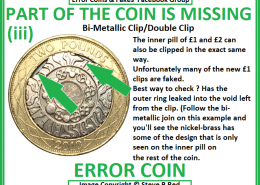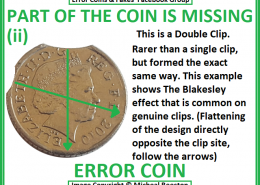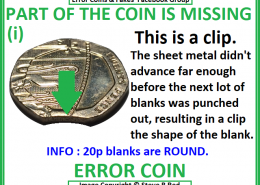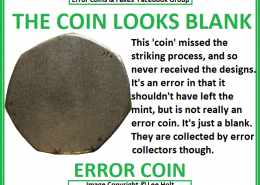On the other hand,
PMD refers to any damage or alteration that happens to a coin after it has been officially minted. This could include scratches, dents, bends, or any other type of wear caused by handling, circulation, or accidental damage. Coins affected by PMD lose value because the damage is not a result of the minting process, but rather external factors. For instance, if a coin is scratched by improper handling or dropped onto a hard surface, it suffers from PMD. While some collectors may still find these coins interesting, they are generally worth only face value or slightly more depending on the coin’s rarity before the damage occurred.
Distinguishing between an error coin and PMD is crucial for collectors. Authentic error coins exhibit characteristics that are often symmetrical or consistent with common error types, such as multiple strikes or die cracks. PMD, by contrast, tends to look random or unnatural and does not follow a predictable pattern. Experienced collectors carefully examine coins to spot the differences, looking at the coin’s edges, surface, and design for signs of either minting errors or external damage.
Error coins often have unique histories and tell the story of the minting process gone wrong, while PMD reflects the natural wear and tear from everyday use. Although both types of coins can have aesthetic appeal, error coins are prized for their rarity and value, while PMD coins are typically less desirable in the numismatic world. Understanding these differences ensures that collectors make informed choices when evaluating their coins.


 Steve B Red
Steve B Red

